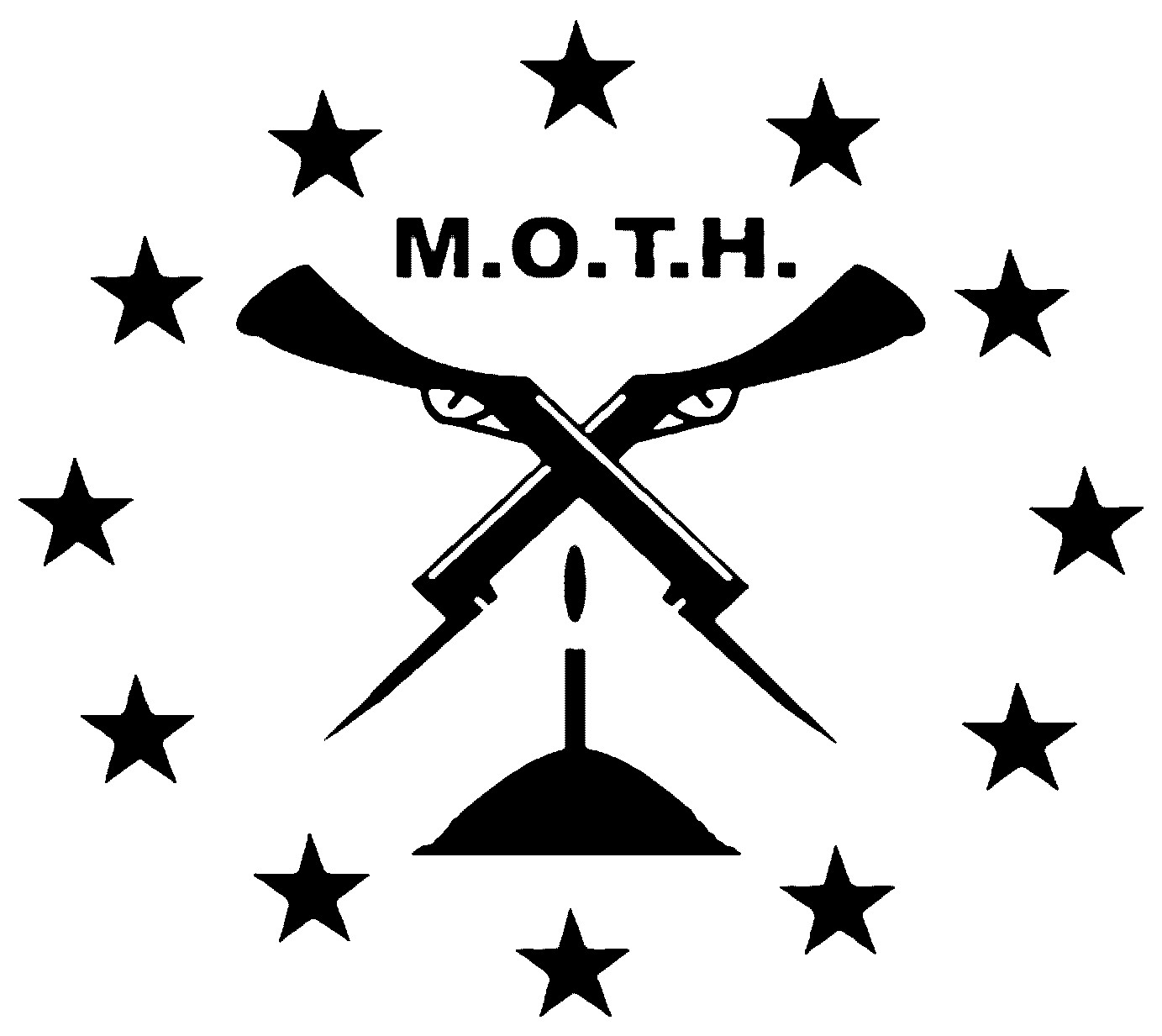the trail of tears the eventual removal of the cherokee nation from their traditional homeland is demonstrated by the conflict between the e
The Trail of Tears
The eventual removal of the Cherokee Nation from their traditional
homeland is demonstrated by the conflict between the European culture
that immigrated to America and the Native American culture. From the
constant ceding of land, through treaty after treaty, to ignoring
Supreme Court decisions, the Cherokees were eventually forced to move
to land west of the Mississippi River. This land could ill support the
numbers and existing culture of the Cherokee Nation.
As more and more Europeans immigrated to America pressure for the
lands of the tribes of the east increased. As disease devastated the
eastern tribes European settlers increasingly pressured tribal lands.
Between 1721 and 1777 a series of nine treaties gave up almost half of
the Cherokee’s land to the English.1 In an effort to stop the
encroachment of European settlers onto Native American land the
English passed the Proclamation of 1763. This proclamation prohibited
settlers from moving onto Native American land west of the
Appalachians. It was recognized that European settlers and Native
Americans were not interested in living together, so they must be kept
apart. Native Americans did not want to give up their culture.
Europeans felt that assimilating with the various tribes would just be
one step closer to assimilating African-American slaves into society.
Racism by Europeans toward both Native Americans and black slaves
would not allow this. The fact that the Cherokees sided with the
British during the American Revolution did not help the situation.
The Cherokees originally inhabited parts of what are now Alabama,
Georgia, Tennessee, South Carolina, and North Carolina. The English
established treaties with the Cherokees as early as 1684.2 As with
most Native American tribes, the Cherokees had no natural defense
against the diseases brought to America by the Europeans. Epidemics of
European diseases devastated the Cherokee people. It is estimated that
their population dropped from approximately 30,000 to 35,000 before
contact with Europeans to as low as 7,000 by the mid-1760’s.3 The
introduction of trade goods from Europe also dramatically changed
Native American culture. Before European contact Native Americans in
the East had used very little metal for any reason. The introduction
of steel knives, hatchets, traps, pans, and kettles were quickly taken
up by the Eastern tribes, changing the entire economy.4 The Europeans
wanted the furs and the Natives Americans wanted the manufactured
goods.
Following the American Revolution the populations of the southern
states exploded. The combined populations of Mississippi and Alabama
rose from about 40,000 in 1810 to approximately 445,000 by 1830. The
total population of Ohio, Tennessee, and Georgia went from about
745,000 in 1810 to over 2 million by 1830.5 Settlers continued to
ignore any laws prohibiting them from settling on Native American
land. The Treaty of Hopewell signed in 1785 set Cherokee boundaries
and allowed the Cherokees to expel squatters. White settlers and
southern states continued to ignore this and encroached on tribal
lands in increasing numbers.6 The state of Georgia was relentless in
their pursuit of Cherokee land. Georgia felt that this land belonged
to the state of Georgia and not the Cherokees. They even passed laws
that made the Cherokees subject to the civil and criminal laws of
Georgia. These laws also denied the Cherokees the right to testify in
court against a white person, including testimony on land ownership.7
Into this whole situation stepped Andrew Jackson. This very
opinionated and headstrong leader had very specific ideas about what
he wanted. His opinions and ideas had been formed by years of Indian
wars and treaty negotiations with various tribes. He was also
concerned about the security of the new nation. After seeing various
tribes side with the British, and later the Spanish, Jackson felt that
the only way we could completely secure southern U.S. borders from
colonial powers was to remove the southern Indian tribes.
Jackson realized that there were four possible options in dealing with
the Cherokees and the other southern tribes. First, was to exterminate
the tribes. Almost no one, including Jackson thought this was a real
option. The second option was assimilation, which as stated before was
not an option either side wanted. Third was to try and keep all the
white settlers from invading the Cherokee lands. This had already been
tried unsuccessfully. Jackson felt that there were not enough soldiers
in the Army to stop the invasion of settlers. The last option was to
remove the southern tribes to land west of the Mississippi River.
Jackson felt that this was the only viable option.8 Jackson also felt
that this would be the only way for the southern tribes to retain
their culture. The fact that Jackson became personally wealthy on the
purchase and sale of Indian land somewhat taints his supposed noble
actions. Andrew Jackson’s relations with the various tribes are very
complicated. He fought them, adopted an orphaned Creek boy as his own
son, and worked tirelessly to remove them from their land.
Unlike the Plains Indian tribes the Cherokees tried to work through
the American legal process to protect their lands. The Cherokee were
considered one of the most “civilized” tribes. They had their own
written language, started a newspaper, set up schools, and had even
adopted a constitution in 1827 based on the U.S. Constitution.9 As the
state of Georgia continued the pressure to take over Cherokee land the
Cherokees challenged them in the Supreme Court in two cases, Cherokee
Nation v. Georgia and Worcester v. Georgia. Cherokee Nation v. Georgia
was somewhat of a split decision in that the Cherokee Nation was not
ruled a foreign state, but that the Cherokee Nation did have rights as
a “domestic dependent nation”.10 The Worcester v. Georgia decision was
more clear cut in favor of the Cherokees. The Court ruled that “The
Cherokee Nation is a distinct community, occupying its own territory,
with boundaries accurately described, in which the laws of Georgia can
have no force.”11 Unfortunately for the Cherokees President Jackson
and the state of Georgia ignored these rulings and proceeded with the
removal of the Cherokees.
In 1830 the U.S. Congress passed the Removal Act after much heated
debate. The Removal Act authorized the government to set aside land
west of the Mississippi River, pay for moving expenses, cash
allocations, and initial living expenses to remove the Cherokees. The
Cherokees fought this in the courts as seen previously with mixed
results. The Cherokees truly believed that they could prevail in the
American legal system. Thus many made no real plans to leave by the
removal date in 1838.12 The Cherokee Nation was also divided. Many
believed that they should not give up any more land for any reason.
Others believed that there would be no way to stop the white settlers.
One group called the Treaty Party eventually signed the Treaty of New
Echota agreeing to removal. This was a very contentious decision that
would eventually result in the deaths of the leaders of the Treaty
Party at the hands of their own tribe.
The actual removal of the Cherokees form their land occurred in
several stages. Due to incompetence, harsh treatment, and criminal
graft approximately 4,000 or about one fourth of the Cherokees die on
the trip to the western lands in what is now Arkansas and Oklahoma.
Many were forced out of their homes with no time to back and were only
allowed to take just a few personal possessions with them. Some then
had to walk hundreds of miles to get to their new home. When they did
get to their new home the promised provisions had been stolen or were
sold rotten and spoiled supplies. Many also died of the cold and
disease. Although the treaty had reasonable intentions to care for the
Cherokee people the implementation allowed unscrupulous and greedy
vendors to steal the Cherokees blind, or in this case, until many of
them died.
The Trail of Tears is certainly a dark side of American history. There
is certainly enough blame to go around between white settlers, land
speculators, greedy politicians, and Cherokee leaders that refused to
believe that they would be forced to move from their land. The end
result was a human tragedy resulting in the deaths of thousands of
Cherokee people. But, unlike the tribes in the Northeastern United
States whose culture and identity vanished, The Cherokee were able to
remain a distinct and viable culture. The question still remains as to
whether this tragedy could have been averted. Historians are still
debating this.
1 Theda Perdue and Michael D Green. The Cherokee Nation and The Trail
of Tears, (Viking, 2007), 17.
2 Ibid., 15.
3 Ibid., 11.
4 Anthony F.C. Wallace. The Long, Bitter Trail, Andrew Jackson and the
Indians, (Hill and Wang, 1993), 21-23.
5 Perdue, Cherokee Nation, 45.
6 Robert V. Remini. Andrew Jackson and his Indian Wars, (Penguin,
2001), 30.
7 Perdue, Cherokee Nation, 58.
8 Remini, Andrew Jackson, 279.
9 Wallace, Long Bitter Trail, 62.
10 Perdue, Cherokee Nation, 82.
11 Ibid., 87.
12 Ibid., 110.
 SITE DISTRIBUTION SB HC SJR DEPARTMENT OF LABORATORY MEDICINE
SITE DISTRIBUTION SB HC SJR DEPARTMENT OF LABORATORY MEDICINE SOLICITANDO CARTÃO REALIZANDO VENDAS NO SITE DO CARTÃO BNDES
SOLICITANDO CARTÃO REALIZANDO VENDAS NO SITE DO CARTÃO BNDES CAPE WESTERN PROVINCIAL DUGOUT CALENDAR MEETINGS HOLE IN THE
CAPE WESTERN PROVINCIAL DUGOUT CALENDAR MEETINGS HOLE IN THE CONSULTANT IN SPINAL CORD MEDICINE SCOTTISH NATIONAL SPINAL INJURIES
CONSULTANT IN SPINAL CORD MEDICINE SCOTTISH NATIONAL SPINAL INJURIES PLACEMENT AND SUPERVISOR APPROVAL PURPOSE THIS FORM IS TO
PLACEMENT AND SUPERVISOR APPROVAL PURPOSE THIS FORM IS TO S YSTEMSINPACKAGE SIP— A NEW DIMENSION IN WAFER LEVEL
S YSTEMSINPACKAGE SIP— A NEW DIMENSION IN WAFER LEVEL NUVO PRODUCTS WARRANTY THIS FORM MUST BE FILLED WITH
NUVO PRODUCTS WARRANTY THIS FORM MUST BE FILLED WITH P ERMISSION TO USE PHOTOGRAPH(S) I GIVE MY PERMISSION
P ERMISSION TO USE PHOTOGRAPH(S) I GIVE MY PERMISSION POWERED INDUSTRIAL TRUCK (FORKLIFT) PROGRAM OFFICE OF ENVIRONMENTAL SAFETY
POWERED INDUSTRIAL TRUCK (FORKLIFT) PROGRAM OFFICE OF ENVIRONMENTAL SAFETY DEPARTMENT OF HOUSING AND COMMUNITY DEVELOPMENT “SPECIAL NEEDS HOUSING”
DEPARTMENT OF HOUSING AND COMMUNITY DEVELOPMENT “SPECIAL NEEDS HOUSING”